Unlocking Efficiency: The Ultimate Guide to Understanding Parts Machines in Modern Manufacturing
In today's rapidly evolving manufacturing landscape, the integration of advanced technologies and data-driven approaches has redefined operational efficiency. A pivotal element in this transformation is the utilization of Parts Machines, which have become indispensable for achieving precision and scalability. According to a report by MarketsandMarkets, the global machine tool market, which includes Parts Machines, is anticipated to reach USD 100 billion by 2025, growing at a CAGR of 3.6%. This underscores the crucial role that Parts Machines play in modern manufacturing processes, enabling businesses to optimize production, reduce waste, and enhance quality. As manufacturers grapple with increasing demands for customization and speed, understanding the nuances of Parts Machines becomes essential for unlocking their full potential and fostering innovation in the industry.
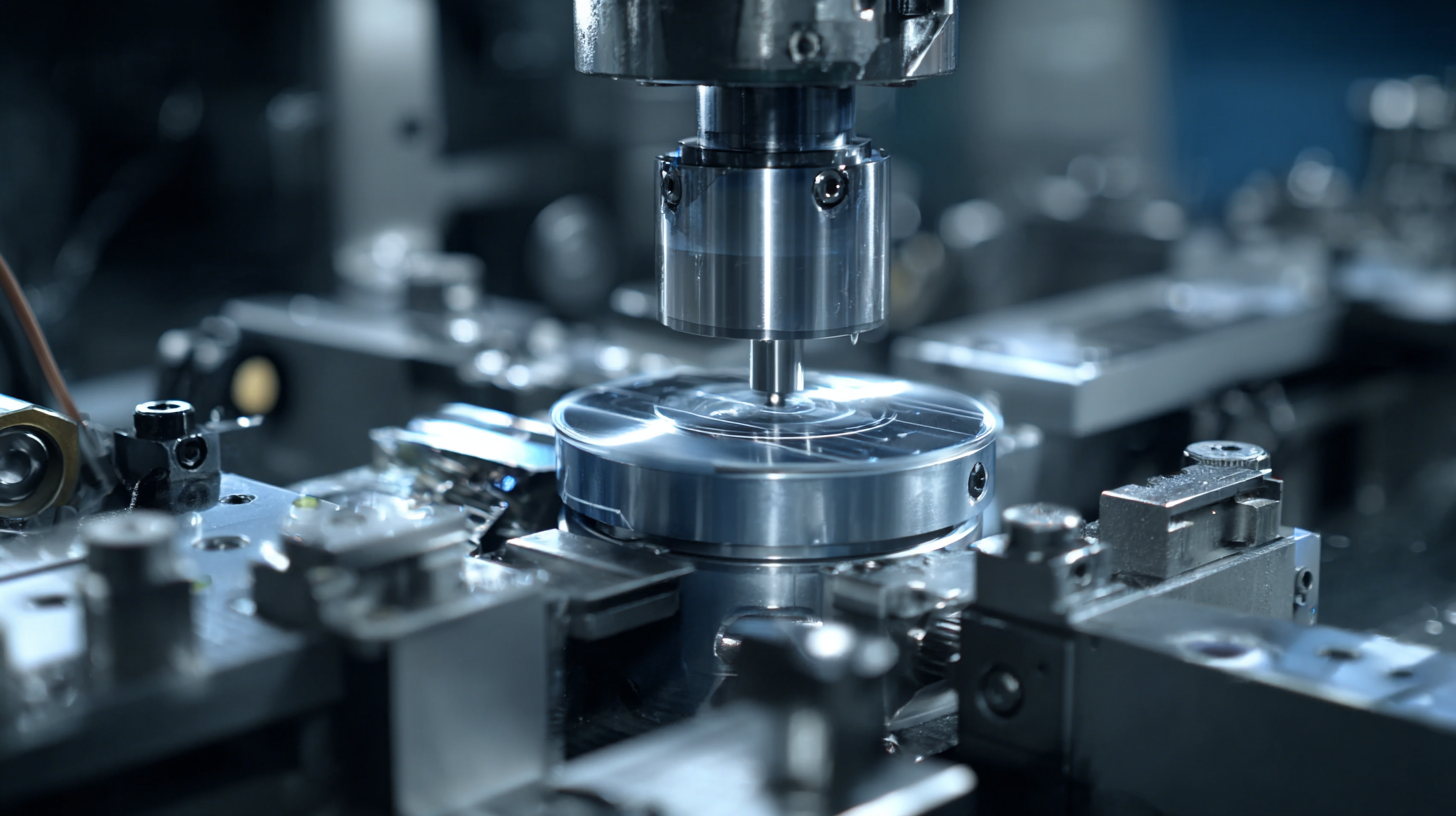
Understanding the Role of Parts Machines in Modern Manufacturing Efficiency
In the realm of modern manufacturing, understanding the role of parts machines is crucial for enhancing efficiency and productivity. The adoption of new digital manufacturing technologies has been shown to significantly boost productivity across various industries. For instance, the global market for precision turned product manufacturing is projected to reach USD 196.11 billion by 2034, highlighting the increasing demand for precision and efficiency in production processes.
To further optimize worker efficiency, the implementation of collaborative robot automation is gaining traction. These systems assist machinists by streamlining operations, allowing human workers to focus on more complex tasks while robots handle repetitive loading and unloading duties. The integration of advanced automation, such as Okuma's automated loading systems, demonstrates the effectiveness of technology in supporting machining efficiency.
Tips: When designing your manufacturing process, consider sustainable approaches to machine design that reduce environmental impact. Additionally, explore integrating automation and metrology to enhance precision in your production line. Utilizing advanced coordinate measuring machine (CMM) technology can also help you maximize throughput and return on investment. Embracing these innovations will not only improve efficiency but also position your operations at the forefront of modern manufacturing.
Unlocking Efficiency: The Ultimate Guide to Understanding Parts Machines in Modern Manufacturing
| Machine Type | Functionality | Efficiency Boost (%) | Common Industries | Cost (USD) |
|---|---|---|---|---|
| CNC Machines | Precision cutting and shaping | 30 | Aerospace, Automotive | 50,000 - 150,000 |
| 3D Printers | Additive manufacturing | 25 | Consumer Goods, Medical | 2,000 - 500,000 |
| Injection Molding Machines | Molding plastic parts | 40 | Packaging, Electronics | 10,000 - 300,000 |
| Laser Cutters | High precision cutting | 35 | Metal Fabrication, Signage | 25,000 - 100,000 |
| Robotic Arms | Automating assembly tasks | 50 | Automotive, Electronics | 15,000 - 200,000 |
Types of Parts Machines: A Comprehensive Overview for Manufacturers
In modern manufacturing, understanding the various types of parts machines is crucial for enhancing operational efficiency and precision. According to a recent report by the International Federation of Robotics, the global market for industrial robots is projected to reach $75 billion by 2025, reflecting a significant shift towards automation and the integration of advanced parts machines. These machines can be categorized into several types, including CNC machines, 3D printers, and automated assembly systems, each serving distinct functions within manufacturing processes.
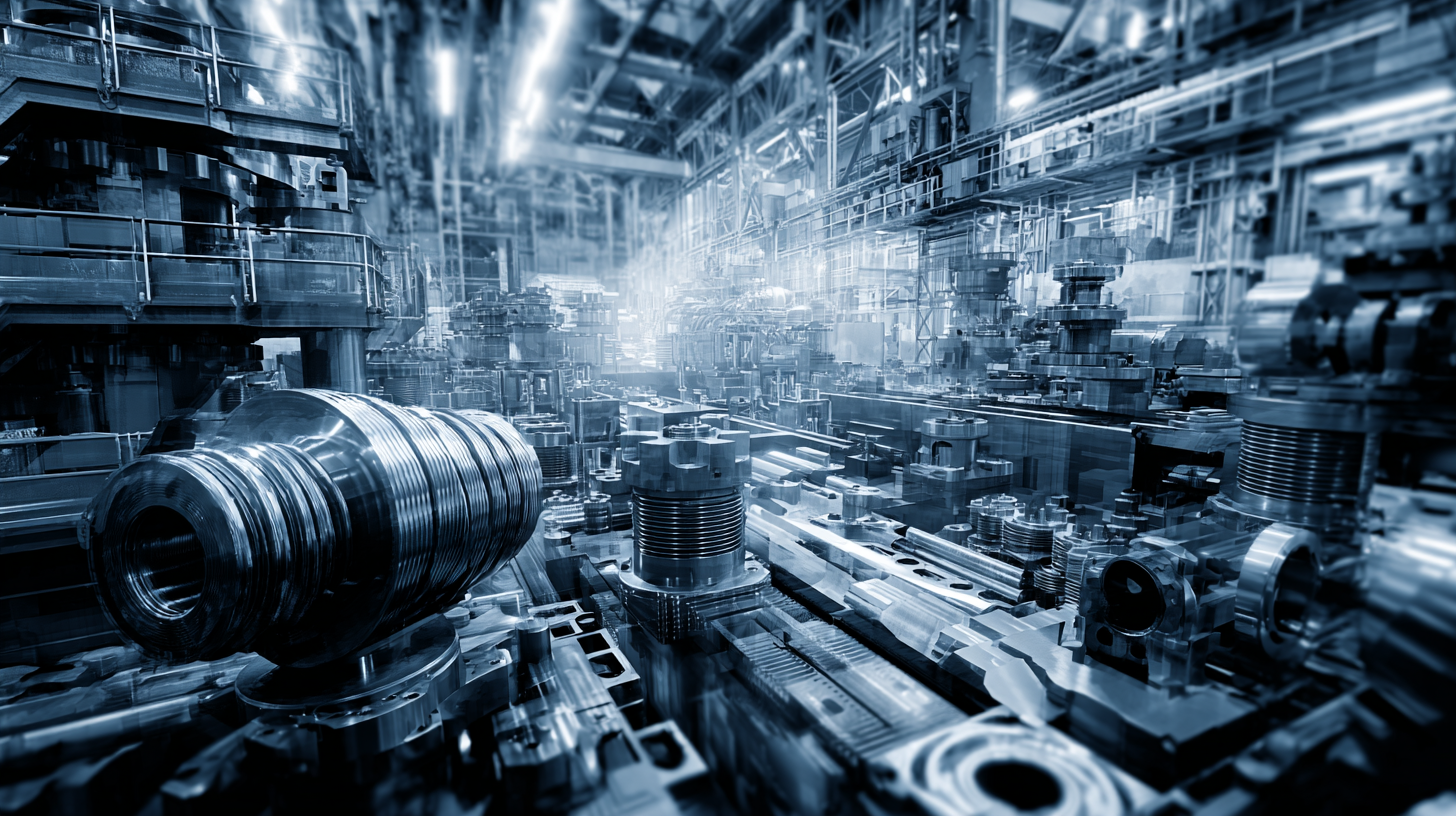
How Parts Machines Enhance Production Workflow and Reduce Downtime
In the ever-evolving landscape of modern manufacturing, parts machines play a pivotal role in enhancing production workflow. By automating repetitive tasks, these machines minimize manual intervention, thereby streamlining operations. This efficiency not only accelerates production rates but also ensures a higher level of consistency in product quality. As a result, manufacturers can meet market demands more effectively while maintaining tight schedules.
**Tip:** Regular maintenance of parts machines can significantly reduce unexpected downtimes. Implementing a routine checks system can help identify issues before they escalate, ensuring smooth operation and longevity of the machines.
Moreover, integrating parts machines with IoT technology allows for real-time monitoring of production lines. This connectivity enables manufacturers to gather data on machine performance, identifying bottlenecks or inefficiencies. By analyzing this data, companies can make informed decisions to enhance their workflows further.
**Tip:** Training staff on the latest parts machine technologies is crucial. A well-informed team can troubleshoot minor issues on the spot, reducing the time machines spend offline and contributing to overall production efficiency.
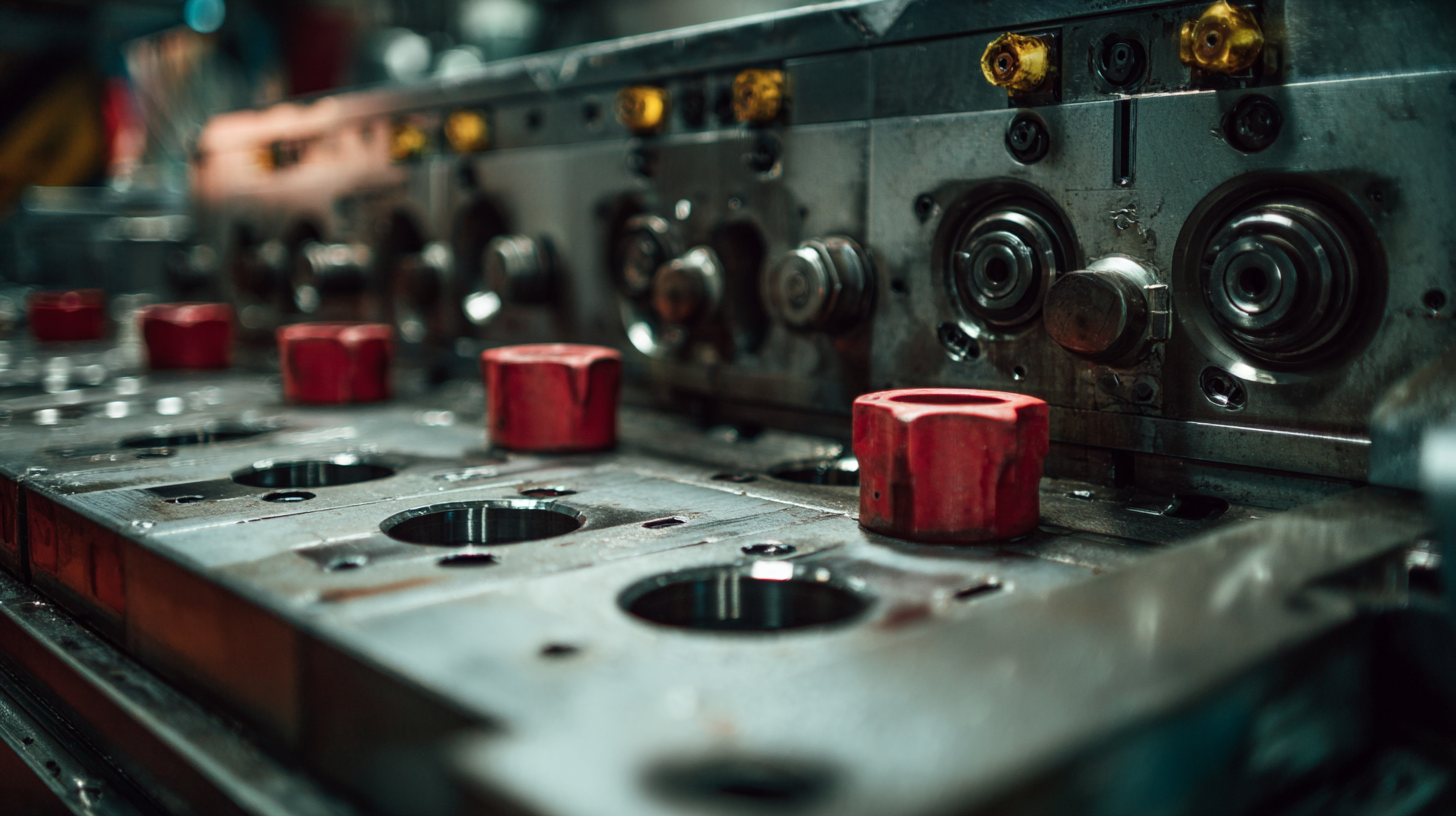
Advanced Technologies in Parts Machines: Innovations Driving Efficiency
In the rapidly evolving landscape of modern manufacturing, advanced technologies in parts machines are revolutionizing efficiency and productivity. According to a report from McKinsey & Company, manufacturers that adopt automation and smart technologies can increase productivity by up to 30%. Innovations such as additive manufacturing, CNC machining, and Internet of Things (IoT) integration are at the forefront of this transformation, enabling companies to produce high-quality parts with reduced lead times and lower costs.
Additive manufacturing, or 3D printing, is particularly noteworthy, as it allows for complex geometries that traditional machining cannot achieve. A study by Wohlers Associates highlights that the 3D printing industry is projected to grow to $35.6 billion by 2024, driven by industries looking to enhance product design and minimize waste. Additionally, the incorporation of IoT in manufacturing machinery provides real-time data analytics, allowing for predictive maintenance. This has significant implications on operational efficiency; Gartner estimates that predictive maintenance can reduce equipment downtime by 50%, thereby further driving efficiency improvements across the manufacturing sector.
Best Practices for Integrating Parts Machines into Manufacturing Processes
Integrating parts machines into manufacturing processes is essential for enhancing productivity and maintaining competitive advantage. To achieve seamless integration, it is important to start with a thorough analysis of the existing workflow. This includes identifying bottlenecks and understanding how parts machines can augment or replace current operations. Developing a robust training program for staff to familiarize them with new technologies is also crucial, as it ensures that the workforce can maximize the potential of these machines effectively.
Another best practice involves selecting the right machines based on specific production needs. Whether it's CNC machines, robotics, or additive manufacturing tools, each type of machine offers distinct advantages. Manufacturers should consider factors such as precision, speed, and adaptability while making their choice. Furthermore, regular maintenance and timely updates to software can significantly minimize downtime and improve overall efficiency. By establishing these best practices, manufacturers can unlock the full potential of parts machines, leading to streamlined processes and superior product quality.
Production Efficiency of Parts Machines in Modern Manufacturing
Related Posts
-

Maximizing Efficiency with Best Parts For Machine in Automotive Manufacturing Processes
-
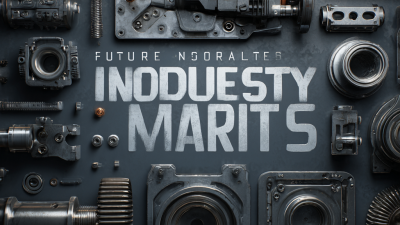
Future Trends in Industrial Machine Parts Market Analysis for 2025
-
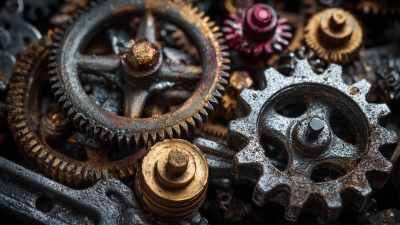
Exploring the Top Examples of Best Parts For Machine Upgrades
-

Unlocking Efficiency with Parts Machine Innovations
-

7 Compelling Reasons to Invest in Quality Parts of Industrial Machine
-
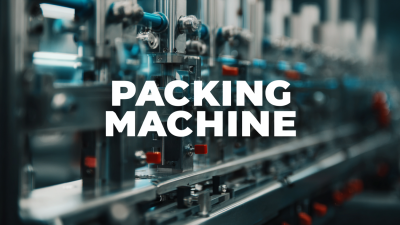
7 Compelling Reasons to Choose the Best Packing Machine for Your Business
